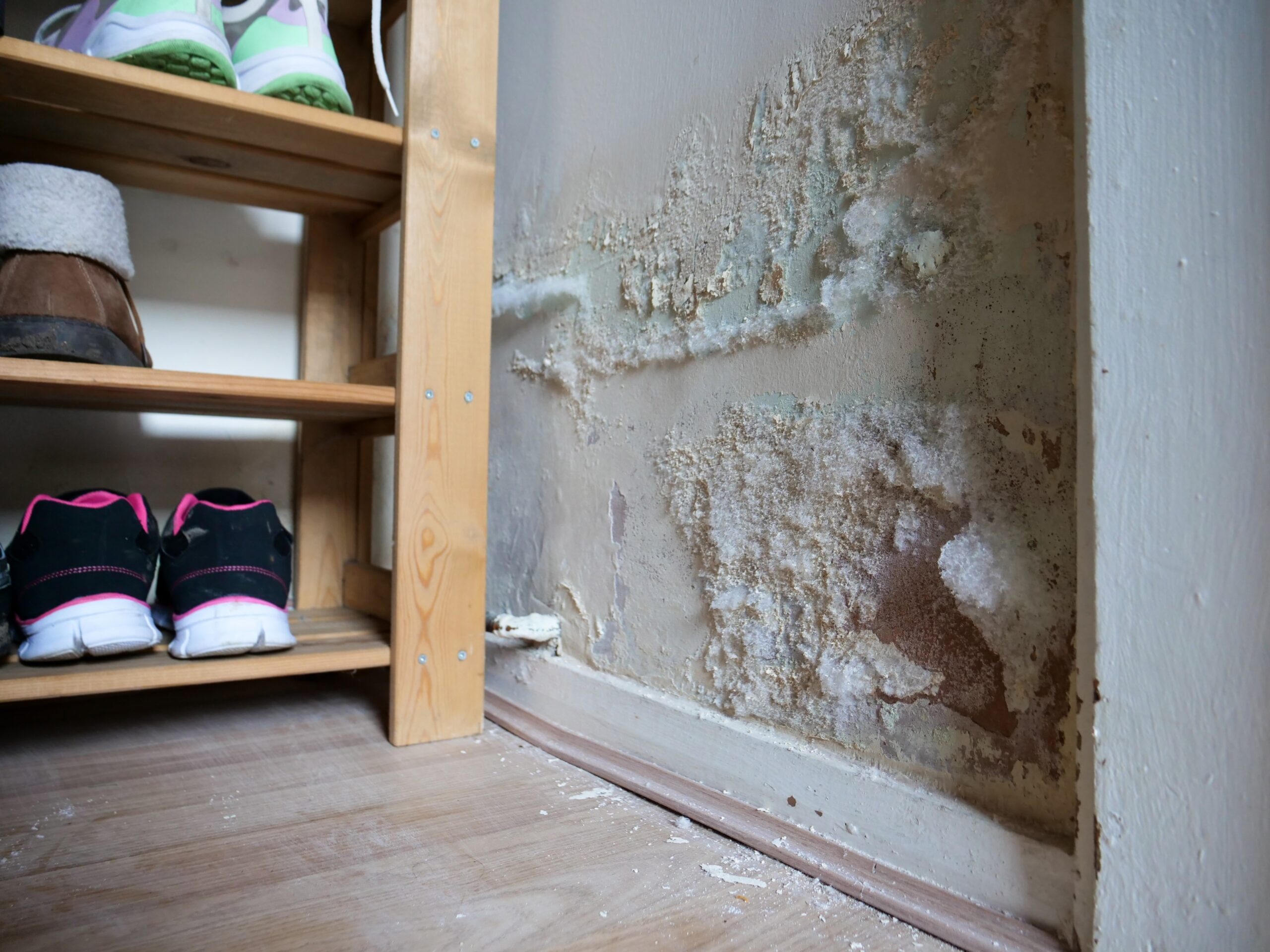
White Water Mould: Is it Dangerous?
Swimming pools are a great source of fun and relaxation, but they require diligent maintenance to keep them safe and clean. One issue pool owners may encounter is white water mould. In this blog, we’ll explore what white water mould is, its potential dangers, and how to prevent and treat it in your swimming pool.
What is White water Mould? And How Serious Is It?
White water mould is a type of fungus that appears as white, tissue-like clumps in swimming pools. It thrives in damp, humid environments and can often be found in pools that have been neglected or improperly maintained. While it is not as common as some other pool issues, it can still pose significant problems if left untreated.
The presence of white water mould can be more than just an eyesore. Although it is not directly harmful to humans, it can indicate other underlying issues with your pool’s sanitation and filtration systems.
What Causes White Water Mould?
White water mould often occurs in pools with poor circulation, inadequate filtration, or imbalanced water chemistry. It can be introduced to the pool in several ways:
- Contaminated Equipment – Pool equipment like floats, toys, and even swimming pool maintenance tools can carry spores of the mould if they were previously used in an infected pool.
- Improper Chemical Levels – Inadequate levels of chlorine or other sanitisers can allow mould to thrive.
- Neglected Maintenance – Failing to regularly clean and maintain the pool can create an environment where mould can grow.
How to Prevent White Water Mould in Your Pool
Preventing white water mould is primarily about maintaining proper pool hygiene and ensuring balanced water chemistry. Here are some steps to keep your pool mould-free:
- Regular Cleaning – Skim the surface, brush the walls, and vacuum the bottom of the pool at least once a week to remove debris that can harbour mould spores.
- Maintain Chemical Balance – Regularly test and adjust the chemical levels in your pool, ensuring the pH, chlorine, and alkalinity are within the recommended ranges.
- Good Circulation – Ensure your pool pump and filter are operating effectively. Proper water circulation prevents stagnation, which can lead to mould growth.
- Disinfect Equipment – Clean pool equipment regularly with a suitable disinfectant to kill any potential mould spores.
How to Treat White Water Mould in a Swimming Pool
If you find white water mould in your pool, it’s essential to act quickly to eradicate it. Here are the steps to effectively clean it out:
- Shock the Pool – Add a high dose of chlorine to the pool to kill the mould. Follow the manufacturer’s instructions for the correct amount based on your pool size.
- Clean the Filter – Thoroughly clean your pool’s filter as mould spores can be trapped there. For sand filters, backwash them; for cartridge filters, remove and clean or replace them.
- Scrub the Pool – Use a brush to scrub the pool walls, floors, and any other surfaces where mould is present.
- Vacuum the Pool – Vacuum the pool to remove any dead mould particles after scrubbing.
- Rebalance the Chemicals – Use pool water testing equipment and adjust the chemical levels as needed to restore balance.
- Monitor and Repeat – Keep an eye on your pool over the next few days and repeat the treatment if necessary to ensure all mould is eliminated.
How to Treat White Water Mould in Your Hot Tub
To fix white water mould in your hot tub, start by thoroughly cleaning and disinfecting the entire system. Drain the hot tub completely and remove any visible mould with a brush and a suitable cleaning agent.
Refill the tub with water and add a strong shock treatment to kill any remaining mould spores. Then run the jets for at least 30 minutes to circulate the treatment through all plumbing and components.
Drain the water again, clean the filter thoroughly or replace it if necessary, and refill the hot tub with fresh water. Regularly test and balance the water chemistry to prevent future mould growth, ensuring your hot tub stays clean and safe for use.
Get Pool Maintenance Services with JC Leisure Solutions
If dealing with white water mould seems daunting or if you prefer professional assistance, consider hiring a pool maintenance service like JC Leisure Solutions. They offer comprehensive pool care, from routine maintenance to intensive cleaning treatments. Their experienced team can ensure your pool remains clean, safe, and mould-free, allowing you to enjoy your swimming pool without the hassle of ongoing maintenance.
FAQs
Is White Water Mould Dangerous?
White water mould itself is not toxic or harmful to humans. However, its presence indicates poor pool maintenance, which could lead to more serious issues like bacterial growth. Thus, while not dangerous in itself, it’s a sign that your pool needs attention.
What is White Water Mould?
White water mould is a fungus that appears as white, tissue-like clumps in swimming pools. It thrives in damp and poorly maintained environments.
Can You Swim in a Pool with White Mould?
It’s best to avoid swimming in a pool with visible white water mould until it has been treated. The mould can indicate other sanitary issues that could affect the water quality.
Is White Water Mould Toxic?
White water mould is not toxic to humans, but it does signal that the pool’s water balance and cleanliness need to be addressed promptly.
Can white water mould cause pump faults?
Yes, white water mould can cause pump faults in swimming pools. This type of mould can build up in the pool’s plumbing and filtration systems, leading to blockages and restricted water flow. When the pump has to work harder to move water through obstructed pipes, it can overheat and potentially fail.






